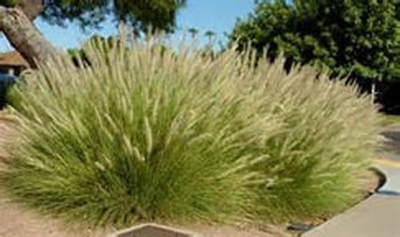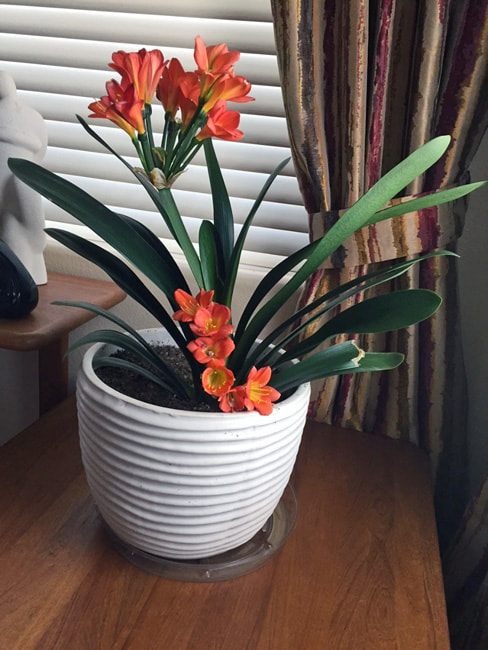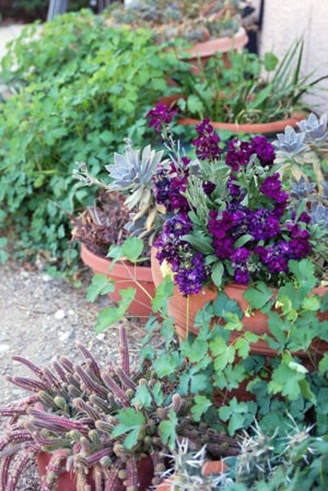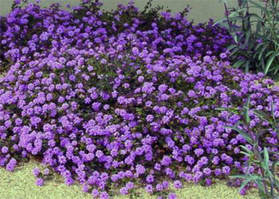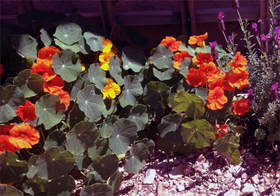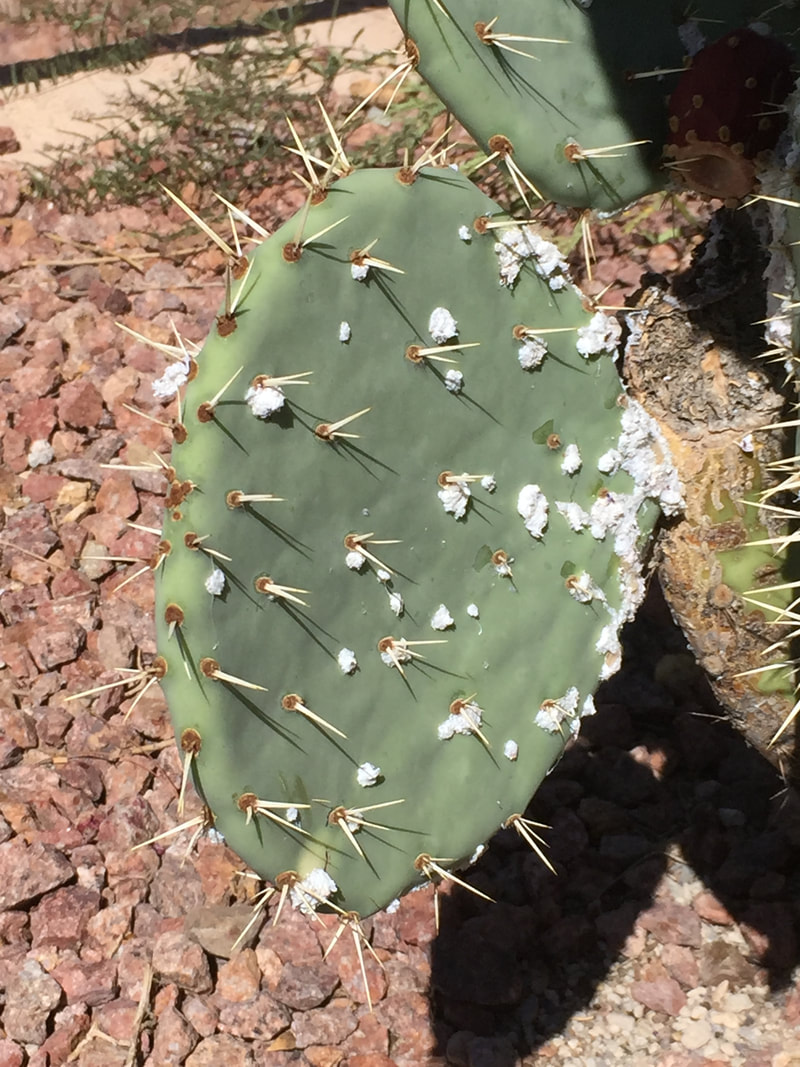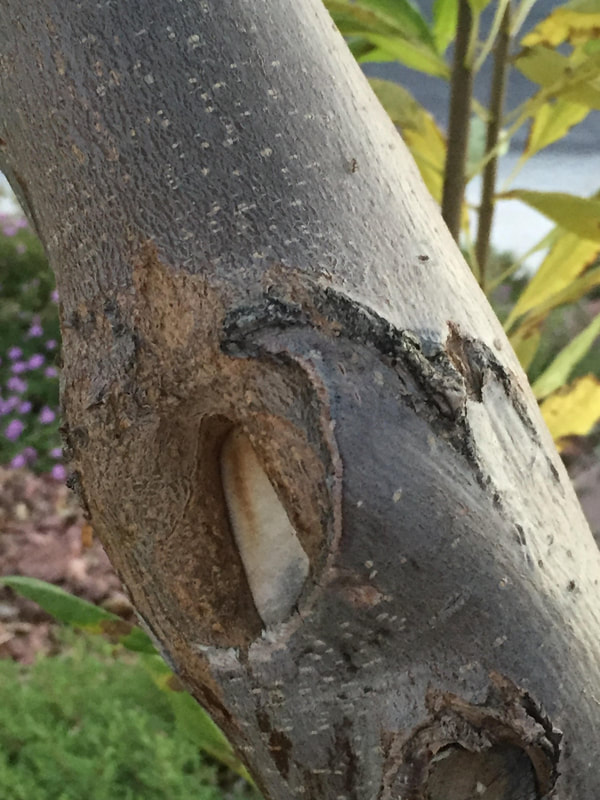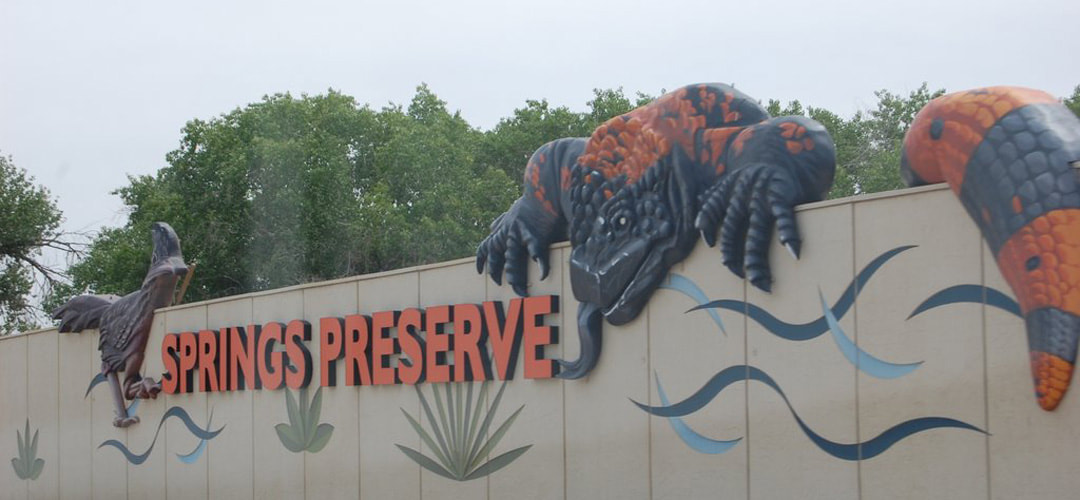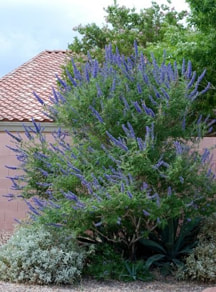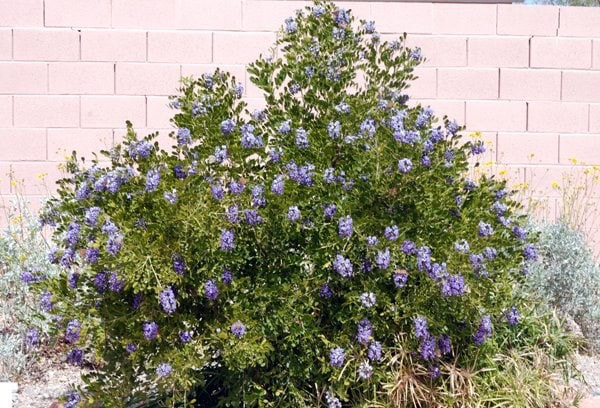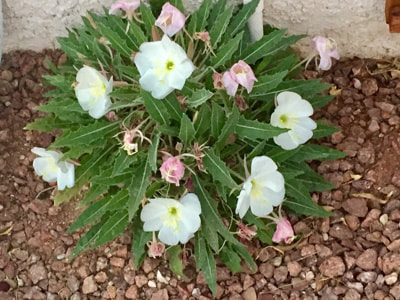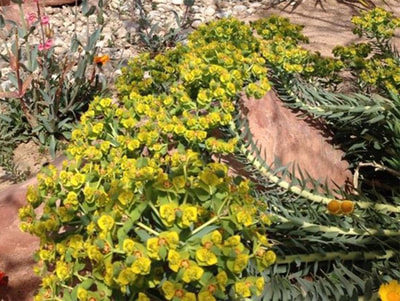Plants to Help Rabbit-proof Your Garden
If you’re having issues as I am with rabbits eating your yard, I would like to suggest plants the rabbits don’t eat. My first pick is alyssum. They are a nice border plant and will sometimes survive a mild winter. Their white color blends with most other flowering plants. Lantana comes next. It is available in nice colors from yellow to orange to red to purple. The purple lantana is a smaller growing plant. Lantana must be cut back once a year in February. Butterflies and hummingbirds love the flowers.
Next are geraniums. They are great. I grow them in pots and the bunnies are not attracted to them. I like to have the pots under a tree with filtered light from the leaves. You also can place them where they get shade in the afternoon. Geraniums can last for many years when you cut them back in the early spring. Summer-flowering Vinca is a good plant, too. It should be available in the nurseries soon. I like the white ones with red centers, but there are other colors to choose from. Snapdragons are good choices for fall and spring. They don’t do well in the heat. If you dead-head them (cut off the spent flowers) you will get a longer bloom. Salvia is a great choice in Las Vegas. It comes in various colors. I have the salvia “Blue Victoria” that winters over in pots and in the ground. Salvia doesn’t get too tall, 18 to 24 inches, and makes a nice background for a small flower bed. These are bedding plants you can get at the nursery.
Another rabbit-proof plant is California poppies. I scatter them in the rock mulch and they are a real harbinger of spring when they are spectacular.
Wild flower seeds produce plants that beautify your yard with much less work. Seed packets may be purchased on the Internet. I have hundreds of penstemons growing in my yard, which were grown from seed and scattered on the rock mulch covering the yard. They are pink, red and yellow. They can be purchased in pots at the nursery and look best in masses. I don’t do much, just an occasional watering by hand. We love the look and so do the hummers – they are visiting us in droves. They self-sow. You will have more next year, as well.
Native plants from the nursery include Blackfoot daisy, which will self-sow but is not invasive. Also available in pots is Damianita. It is a 1 to 2-foot, bushy, low-growing, aromatic, evergreen shrub with stems rising in a mounded form from a woody base. It has vibrant yellow flowers and deep forest green foliage. It grows very low to the ground.
Next are geraniums. They are great. I grow them in pots and the bunnies are not attracted to them. I like to have the pots under a tree with filtered light from the leaves. You also can place them where they get shade in the afternoon. Geraniums can last for many years when you cut them back in the early spring. Summer-flowering Vinca is a good plant, too. It should be available in the nurseries soon. I like the white ones with red centers, but there are other colors to choose from. Snapdragons are good choices for fall and spring. They don’t do well in the heat. If you dead-head them (cut off the spent flowers) you will get a longer bloom. Salvia is a great choice in Las Vegas. It comes in various colors. I have the salvia “Blue Victoria” that winters over in pots and in the ground. Salvia doesn’t get too tall, 18 to 24 inches, and makes a nice background for a small flower bed. These are bedding plants you can get at the nursery.
Another rabbit-proof plant is California poppies. I scatter them in the rock mulch and they are a real harbinger of spring when they are spectacular.
Wild flower seeds produce plants that beautify your yard with much less work. Seed packets may be purchased on the Internet. I have hundreds of penstemons growing in my yard, which were grown from seed and scattered on the rock mulch covering the yard. They are pink, red and yellow. They can be purchased in pots at the nursery and look best in masses. I don’t do much, just an occasional watering by hand. We love the look and so do the hummers – they are visiting us in droves. They self-sow. You will have more next year, as well.
Native plants from the nursery include Blackfoot daisy, which will self-sow but is not invasive. Also available in pots is Damianita. It is a 1 to 2-foot, bushy, low-growing, aromatic, evergreen shrub with stems rising in a mounded form from a woody base. It has vibrant yellow flowers and deep forest green foliage. It grows very low to the ground.

